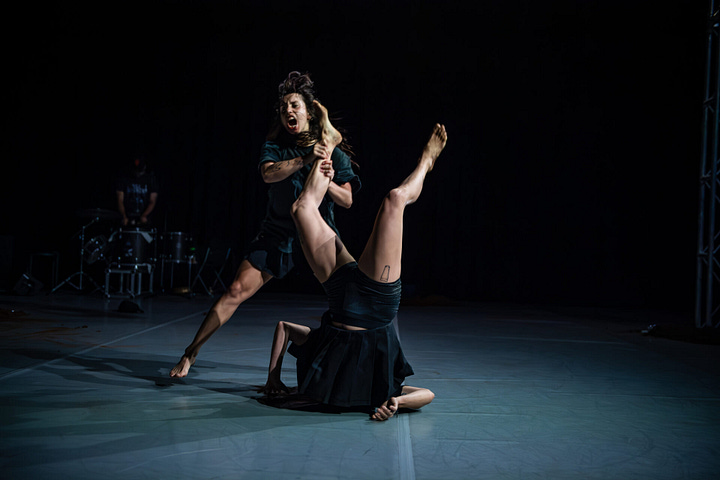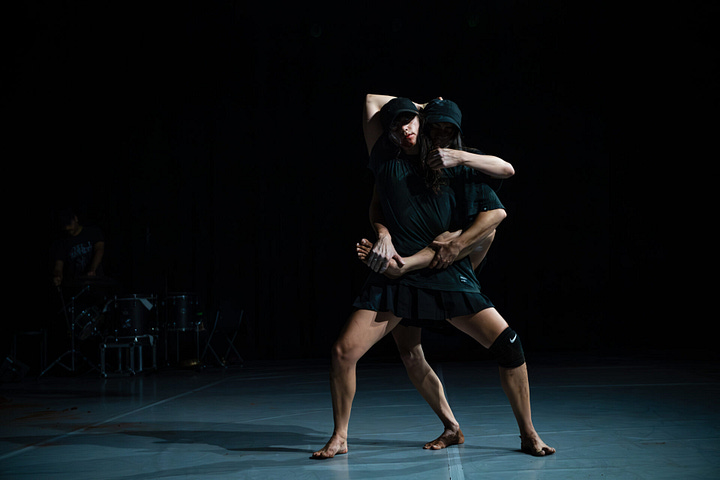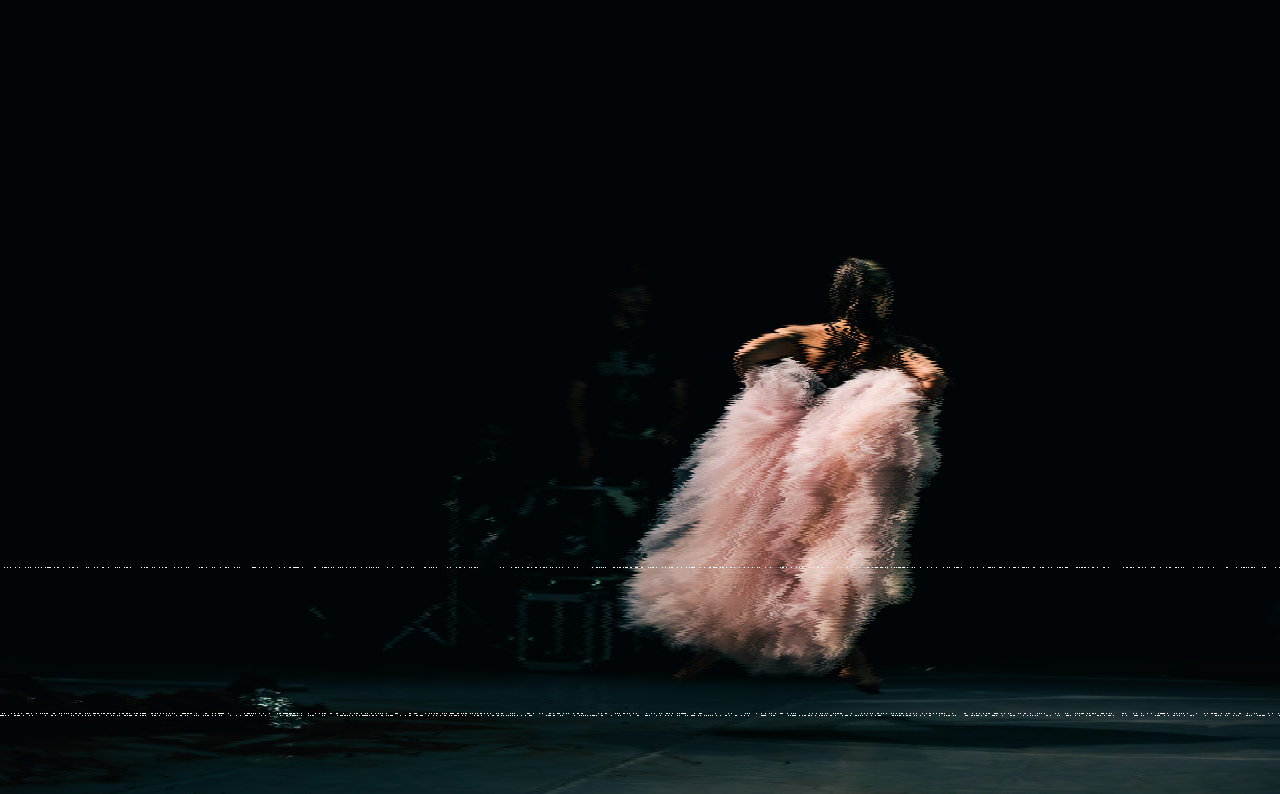Field Notes • 𝑷𝒉𝒂𝒏𝒕𝒂𝒔𝒎
Guest post by Dhivia Pillai on myth, femininity and the liminal spaces in between, perhaps.
Over time, beyond the art, beyond the experience… I’ve become fascinated by the audience.
Who is this for? I wonder. Why do they come? What do they bring to their viewing?
I’m delighted for Dhivia to share her thoughts here. A different kind of insider/outsider.
– ULTRA
…
The thing about critiquing contemporary dance is this prescribed need to find meaning in the work. Is it relevant to the times? Does it resonate with the zeitgeist?
We’re not bogged down by the same expectations of ballet, however. Or Odissi. Or other more traditional genres and subtypes of dance, anchored as they appear to be in a moment in time.
As a professed classically-trained purist, I usually approach contemporary choreography with some skepticism – waiting for the inevitable shock factor or 15-minute abstract sequence that requires its own column for contextualisation in the program. But Phantasm felt timeless. And perhaps it comes from a selfish place, because the mind behind it shares my own lived realities – an Asian-Australian from blended backgrounds - but I would argue that even with this bias removed, Phantasm is an important watch.
It opens with a single dancer tumbling out of what looks like an anus into a tableau that evoked a hellish wasteland, a bleeding dead rat in her mouth. The work then morphs into what feels like an unflinching commentary on the male gaze, the monstrous feminine and the power dynamics inherent in love and human connection, mediated through viscera, nudity, hard lines and a sharp synchronicity that (d)evolves into a competition of sorts between the dancers.


Their expressions were at once angry, earnest, accusatory and unwilling, particularly when they engaged in demanding sequences (at once combative and tender) in an enmeshment of limbs. Eye contact with the audience remained unbroken, irrespective of how we reacted, keeping us in their fraught emotional milieu. Cutting through the ominous percussion and drifting ‘ash’ from the ceiling was an unmissable aroma, bottled and sold at the show’s start as a signature ‘scent’ - an added sensorial layer to a piece of work that oscillated between relishing in the dancers’ power, and putting them at its mercy.
It was hard work, and I felt their exhaustion.
Perhaps the real power of Lane’s choreography is that, despite its references and nuance, it had enough room to accommodate our collective projections: was this otherworldly? A study of the liminal spaces between the endless, often contradictory roles women assume? A meditation on relentless voyeurism? I always pay attention to the chatter outside the room, and as we spilled out of the perfumed blackness, I heard someone say, “That was scary and cool.” That, it was.
PHANTASM is a work by choreographer Melanie Lane, commissioned by Chunky Move as part of Lane’s 2023/24 Choreographer in Residence tenure.
PHANTASM explores the terrain of the supernatural. Ghosts, jinns and heroines emerge from the underworld, drawing from stories of feminine spirits and fictions. Unpacking the roots of these stories and re-visiting them as bodies of resistance and knowledge, PHANTASM creates a world where there is slippage between the seen and the unseen, and where the spirit realm permeates through a dance that transforms and transcends.
…
Dhivia Pillai is a creative strategist, musician and sometime essayist who works in advertising because she isn’t brave enough to dance, sing or play the bass for a living. She wrote her thesis in cultural studies, with a focus on the film as a medium for the colonised experience.



